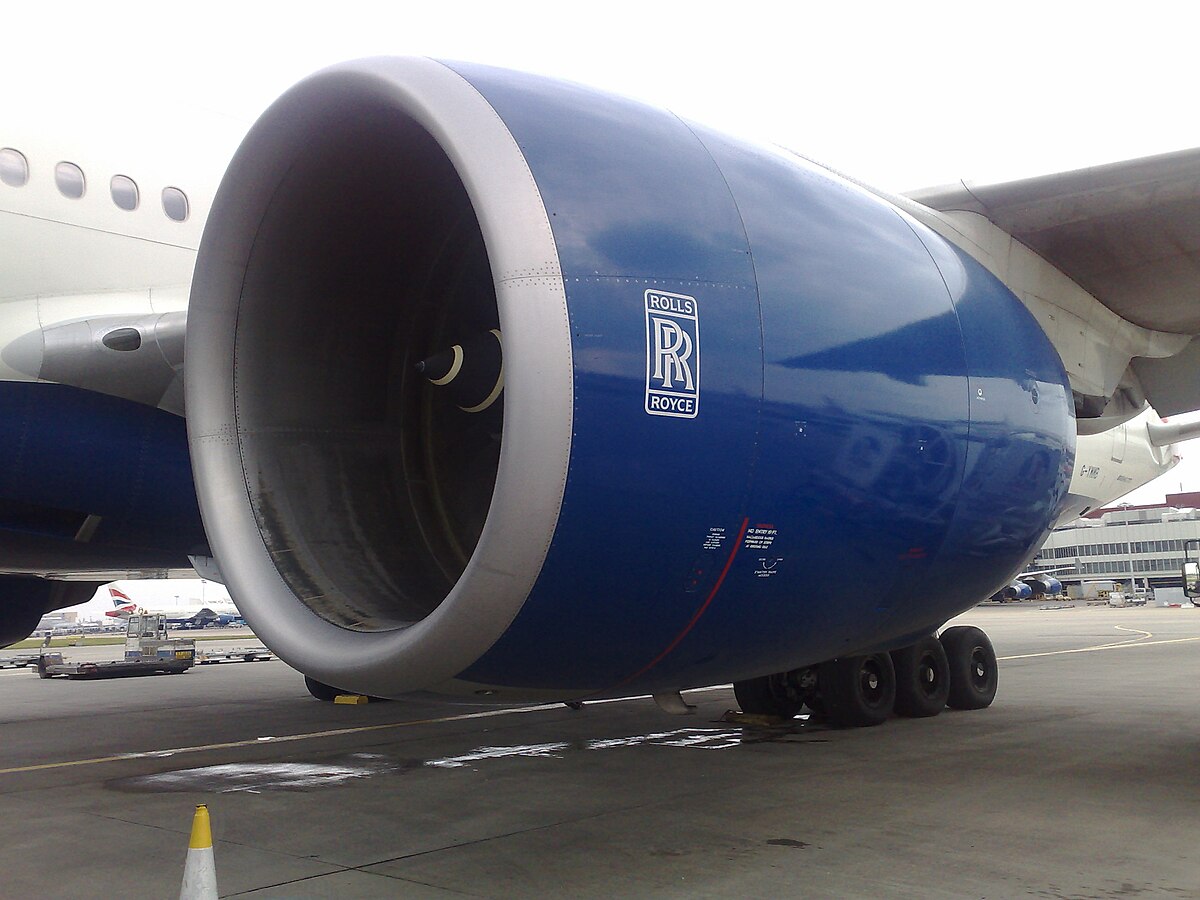GRAVITY ON DEATH STAR 2
INTRODUCTION
The Death Star 2 is a
battle station in the Star wars movie series. It was built by Imperial Military
Research after the destruction of Death Star 1 by Luke Skywalker. The Death
Star 2 makes its appearance in Star wars episode 6: Return of the Jedi. It is a
battle station, meaning it can destroy almost anything using its super laser
weapon. The fully functional super laser used here was more powerful than its
predecessor. Although the laser was functional, the station was still under
construction. The Death Star 2 is powered by larger Nuclear reactors right in
its core. These reactors provide enough power to run the laser and the station
as a whole. The Death star 2 is home to almost a million people including
soldiers, droids, fighter jets, commanders, engineers and of course Darth
Vader!
The construction of
Death star 2 was carried out while it was orbiting planet Endor, which means it
was a satellite. Eventually it was destroyed in the battle of Endor.
Let’s analyze some
physical characteristics of the Death Star 2 like gravity, habitability and
escape velocity.
ASSUMPTIONS
- The Death Star 2 is a homogeneous sphere
- It is completely made out of steel
PHYSICAL
CHARACTERISTICS
- The diameter of Death Star 2 [d] = 240 km
- So radius r = d/2 = 240/2 = 120 km = 120*103 m
- The death star doesn’t rotate, so gravity will be same at pole and equator.
CALCULATION
Volume v = (4/3)*π*r3
= (4/3)*3.14*(120*103)3
= 7.2345*1015 m3
Now Density ρ = mass/volume
Density of steel ρ =
7800 kg/m3
So mass = density * volume
= ρ * v
= 7800 * 7.2345*1015
= 5.6429*1019 kg
The acceleration due to
gravity of Death Star 2
g = GM/R2
g – Gravity of Death
Star 2
G – Universal
Gravitation constant [G = 6.67 * 10-11 Nm2/kg2]
M – Mass of Death Star
[kg]
R – Radius of Death
Star [m]
g = [6.67*10-11
*5.6429*1019]/ [120*1000]2
= 0.2613 m/s2
This value of g is
smaller than that of moon but larger than that of its predecessor. It will not
be easy to walk but very easy to jump as high as possible. The gravity will be
same at both poles and the equator since the Death Star 2 also doesn’t rotate.
With such a low gravity, one may feel weightless and move just by jumping. The
gravity in fact is strong enough to prevent space workers from escaping to
infinite space since it’ll always attract them. The Death Star 2 can overcome
this situation by accelerating at 9.8 m/s2 so that everybody on board
feels just like earth.
However, since the
station orbits planet Endor, it is always in a state of free fall like any
other satellite. But it still has its own gravity and it will certainly play a
role.
Now let’s determine the
escape velocity of Death Star 2.
The escape velocity of
Death Star 2
v = √2GM/R
= √2*6.67*10-11 *5.6429*1019/
[120*1000]
= 250.46 m/s
This looks like a small
number but it is not easy to achieve without any planes. One can escape the
death star by using fighter jets but one cannot escape just by jumping. Even if
one is successful in escaping Death star 2’s gravity, they’ll be subject to
Endor’s gravity which they have to overcome in order to leave the system.
CONCLUSION
Thus we determined the acceleration due to gravity and
escape velocity of Death Star 2. Both values were considerably small compared
to Earth but sufficient enough to sustain and support life aboard.



